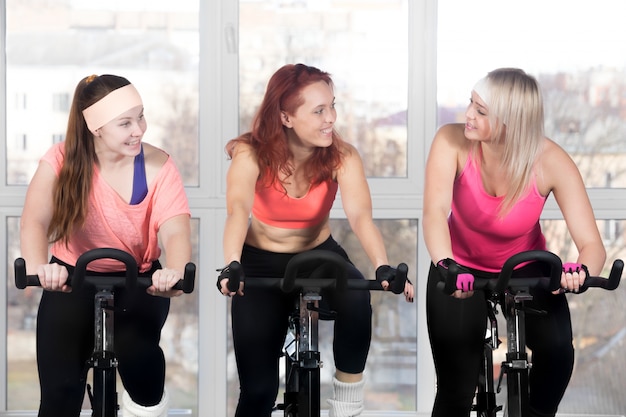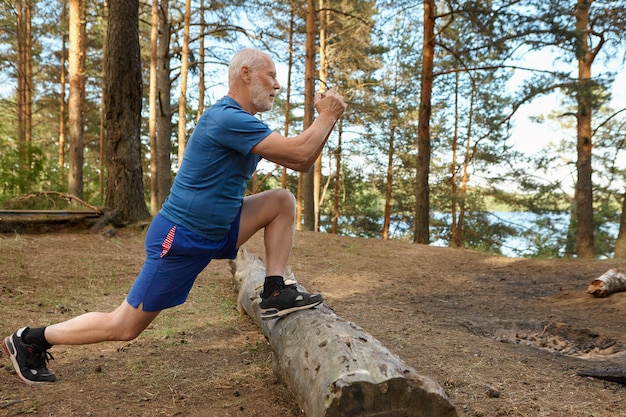Maintaining mobility is a cornerstone of long-term health, especially for women navigating the changes that come with aging. Whether you're looking to stay active, manage joint discomfort, or simply move with more ease, choosing the right low-impact cardio exercise can make all the difference. Two popular options—stationary cycling and the elliptical trainer—often top the list. But which one truly supports improved mobility, particularly for women’s health?
In this guide, we’ll compare cycling and elliptical workouts in terms of joint support, muscle engagement, balance, and long-term consistency. You’ll also find practical tracking tips, motivation strategies, and science-backed insights to help you choose the best path for enhanced mobility.
Mobility refers to your ability to move freely and efficiently through a full range of motion. As women age, hormonal shifts—especially during perimenopause and menopause—can lead to decreased muscle mass, stiffer joints, and reduced bone density. These changes increase the risk of falls, joint pain, and loss of independence.
Regular, low-impact cardiovascular exercise helps counteract these effects by improving circulation, strengthening supporting muscles, and enhancing coordination. Both cycling and elliptical training offer these benefits, but they do so in different ways.
Stationary cycling—whether on a traditional upright bike or a recumbent model—is known for being gentle on the knees and hips. The smooth, circular motion supports joint lubrication without high impact, making it ideal for women with arthritis or past joint injuries.
Cycling primarily targets the quadriceps, hamstrings, glutes, and calves. Over time, this builds lower-body strength, which is crucial for daily activities like climbing stairs, standing from a chair, and walking long distances. Recumbent bikes add extra back support, which can be beneficial for those with lower back issues.
However, cycling is largely a lower-body workout. It doesn’t engage the upper body or challenge balance significantly, which can limit its overall impact on functional mobility.

The elliptical trainer mimics walking or running without the joint stress. What sets it apart is its ability to engage both the upper and lower body simultaneously—especially models with moving handlebars. This dual-action movement promotes coordination, core stability, and overall functional strength.
Using an elliptical activates the arms, shoulders, chest, back, glutes, quads, and hamstrings. This full-body engagement supports better posture and balance—two key components of mobility. The forward-and-back motion also encourages a natural gait pattern, which can improve walking efficiency and reduce stiffness.
That said, some women find the elliptical’s motion less intuitive, especially if they’re new to exercise or have balance concerns. Proper form is essential to avoid strain.
When it comes to overall mobility enhancement, the elliptical has a slight edge due to its full-body engagement and dynamic movement patterns. It promotes better neuromuscular coordination and mimics real-life motions more closely than cycling.
However, cycling remains an excellent choice—especially for those with significant joint pain or limited mobility. It’s easier to start with and can be gradually intensified. For optimal results, many women benefit from combining both, using cycling for recovery days and the elliptical for full-body conditioning.
Improving mobility is a gradual process. Tracking your progress and staying motivated are key to long-term success. Here’s how to stay on track:
Staying consistent is often harder than starting. Try these motivation boosters:
Both cycling and elliptical training offer valuable benefits for women’s mobility. The elliptical supports broader functional movement and full-body coordination, while cycling excels in joint protection and lower-body conditioning.
The best choice depends on your current fitness level, joint health, and personal preferences. For many women, a balanced approach—rotating between both machines—delivers the most comprehensive mobility benefits.
Listen to your body, track your progress, and celebrate every step forward. Improved mobility isn’t just about exercise—it’s about reclaiming freedom in everyday movement.

Health

Health

Health

Health

Wellness

Fitness

Fitness

Wellness

Fitness

Fitness

Health

Fitness

Health

Fitness

Health

Health